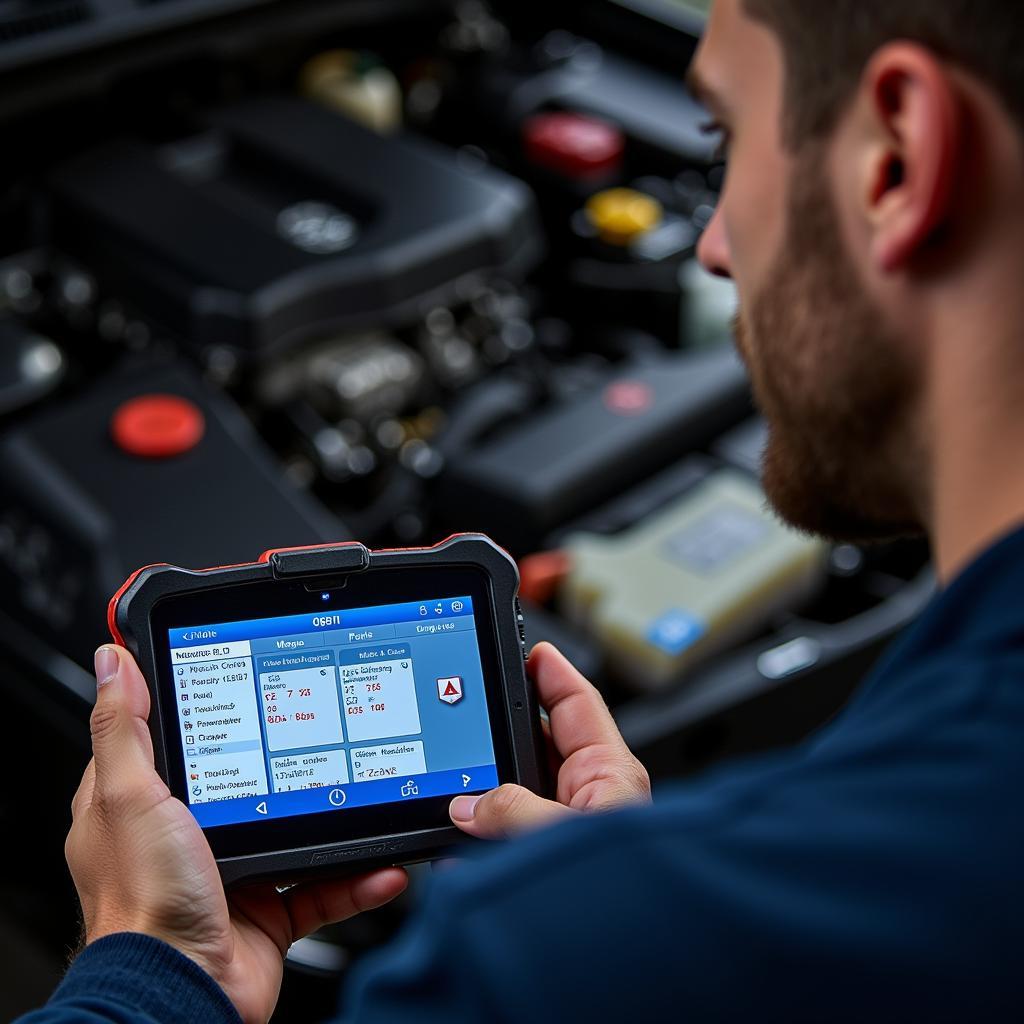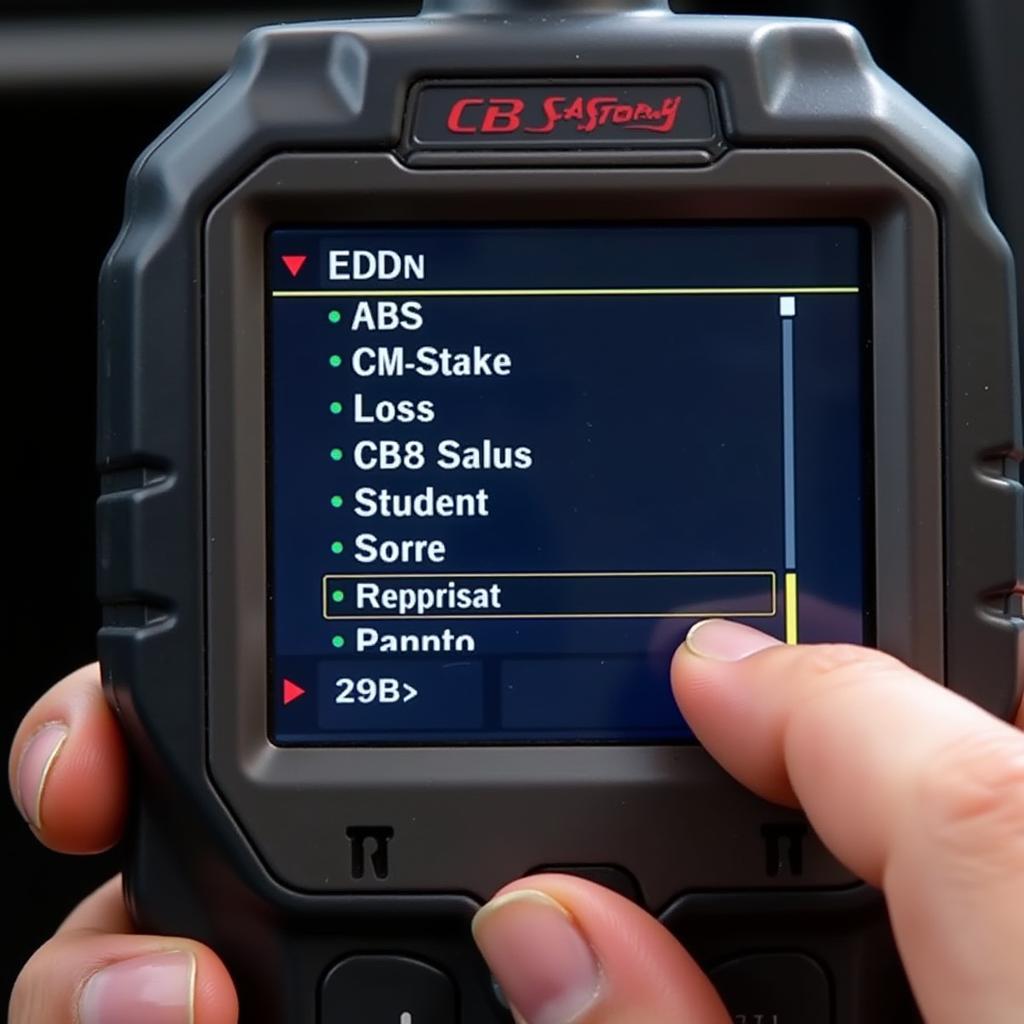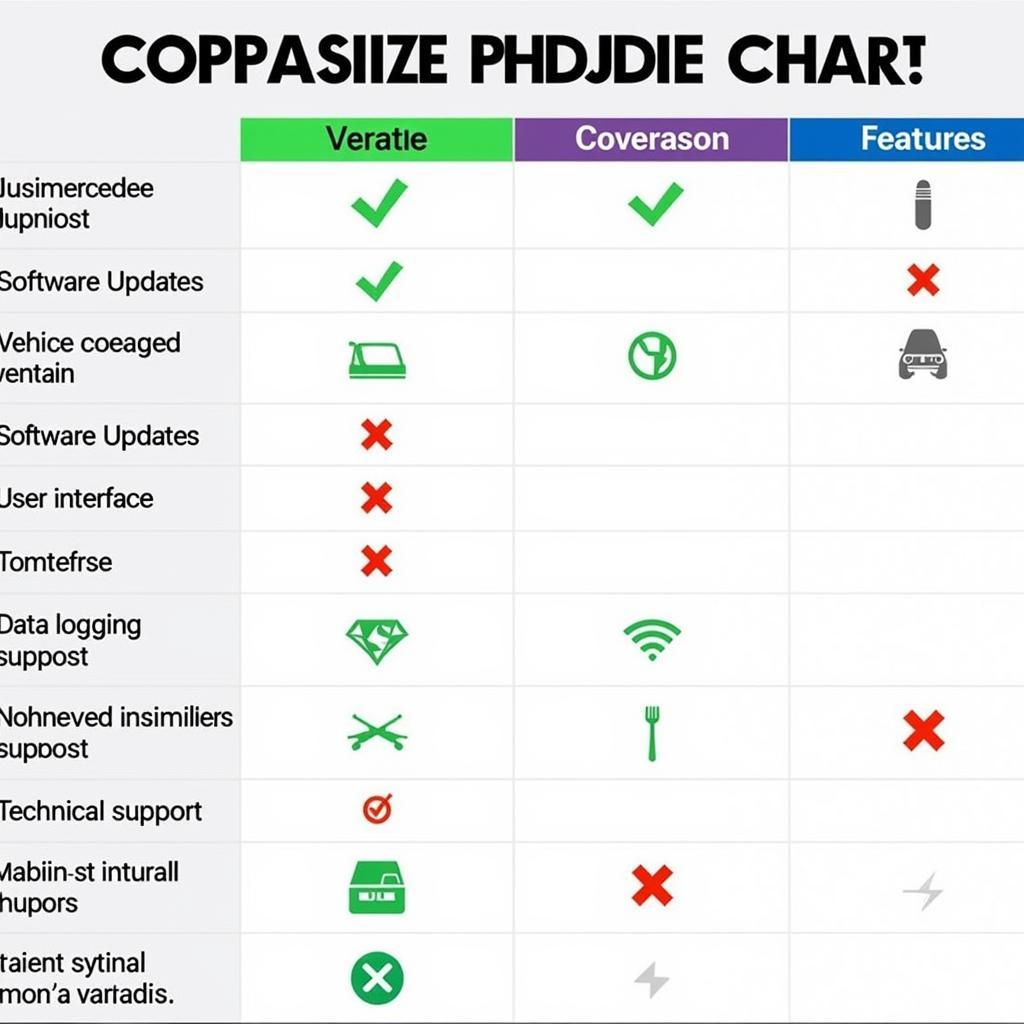Changing the MB, or megabytes, on a scan tool isn’t a typical user function. What users typically want to do is access specific data or functions within their scan tool’s available memory. This involves understanding your scan tool’s interface and the specific vehicle’s communication protocols. Choosing the right scan tool and knowing how to navigate its functions is crucial for effective diagnostics and troubleshooting. Let’s explore how to effectively use your scan tool to access the information you need. You’ll be diagnosing like a pro in no time!
Navigating the complexities of automotive diagnostics requires understanding how to retrieve the right data from your scan tool. This isn’t about changing the physical memory capacity (MB), but rather about accessing the information stored within. Choosing the right scan tool is the first step. Check out our articles on scan tool for Mercedes and best scan tool for Mercedes Bluetec for recommendations on suitable tools for Mercedes vehicles.
Understanding Scan Tool Functions
Scan tools vary in complexity, from basic code readers to advanced diagnostic platforms. Understanding the specific functions and capabilities of your scan tool is essential. Many tools offer live data streaming, allowing you to monitor sensor readings in real-time. Others offer bi-directional control, enabling you to activate components like fuel injectors or solenoids for testing. Knowing what your scan tool can do is half the battle.
=> Best scan tool for Mercedes
Accessing Specific Vehicle Data
Each vehicle manufacturer uses specific communication protocols. Your scan tool needs to be compatible with these protocols to retrieve the correct data. This is where selecting the right scan tool becomes critical. Once connected and the correct vehicle is selected, you can navigate through the scan tool’s menus to access various modules, such as the engine control module (ECM), transmission control module (TCM), or body control module (BCM).
 Accessing Vehicle Data on a Scan Tool
Accessing Vehicle Data on a Scan Tool
Troubleshooting Common Scan Tool Issues
Sometimes, connecting to the vehicle or retrieving data can be problematic. Ensure the scan tool is properly connected to the vehicle’s diagnostic port (OBD-II port). Verify the ignition is switched on, as many scan tools require power to operate. If you’re still experiencing issues, consult your scan tool’s manual or contact the manufacturer’s support line.
How do I select the correct module on my scan tool?
Most scan tools have a menu system that allows you to select the specific module you want to access. This usually involves choosing the vehicle make, model, and year, then selecting the desired module from a list.
What if my scan tool isn’t showing the data I need?
This could be due to several factors, including an incompatible scan tool, a faulty connection, or a problem with the vehicle’s communication network. Check all connections and ensure your scan tool is compatible with the vehicle. You might need a more advanced scan tool with greater capabilities. Learn more about compatible software in our article on mb diagnostic software.
 Selecting Module on Scan Tool
Selecting Module on Scan Tool
Can I update my scan tool software?
Yes, many scan tools offer software updates to improve functionality and add support for newer vehicle models. Consult your scan tool manufacturer’s website for instructions on how to update your specific device. Sometimes, issues with selecting a radio station might also be related to software issues. See our article on 2008 mercedes e350 selecting radio station without scan tool for more information.
Using Advanced Scan Tool Features
Advanced features like live data graphing and bi-directional control can be powerful diagnostic tools. Live data graphing allows you to visualize sensor readings over time, helping identify intermittent issues. Bi-directional control lets you test components without manual manipulation, streamlining the diagnostic process. Mastering these features can significantly enhance your troubleshooting capabilities.
“Understanding the nuances of your scan tool and its capabilities is paramount for accurate diagnosis,” says automotive diagnostics expert, Dr. Robert Carter. “It’s not about the memory size, but about effectively utilizing the functions available.”
 Using Advanced Scan Tool Features
Using Advanced Scan Tool Features
Conclusion
Successfully using a scan tool isn’t about changing its memory, but about understanding how to navigate its interface and access the data you need. By selecting the right tool, understanding your vehicle’s communication protocols, and mastering the available features, you can unlock the full potential of your scan tool and become a more effective automotive diagnostician. Choosing the right materials for your car’s interior is equally important. Explore our article on has mercedes benz fixed issues with mb-text upholstery for insights into material quality and durability.
FAQ
- How do I connect my scan tool to my car?
- What is an OBD-II port?
- Why is my scan tool not connecting?
- How do I interpret the data from my scan tool?
- What are the different types of scan tools available?
- How do I choose the right scan tool for my needs?
- Can I use a scan tool to clear diagnostic trouble codes?
“Remember, ongoing training and staying updated with the latest automotive technology are crucial for any automotive professional,” adds Carter. “This ensures you’re equipped to handle the ever-evolving complexities of modern vehicles.”
Need help with your car diagnostics? Contact us via Whatsapp: +1 (641) 206-8880, Email: CARDIAGTECH[email protected] or visit us at 276 Reock St, City of Orange, NJ 07050, United States. We have a 24/7 customer support team ready to assist you. We also have more articles on specific car diagnostic issues and tools available on our website.

